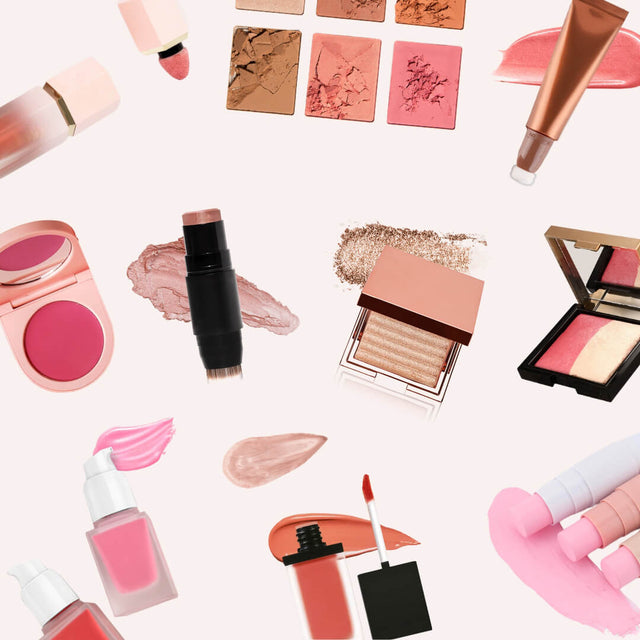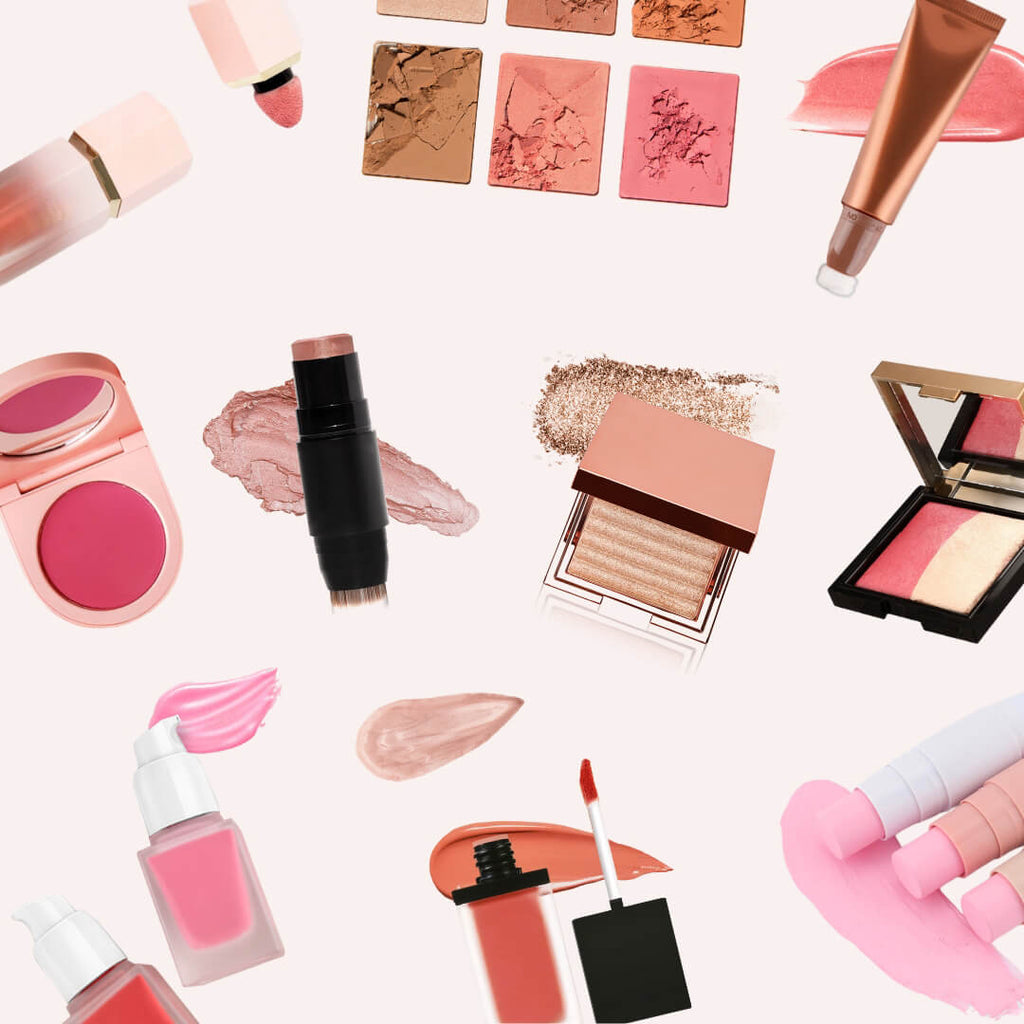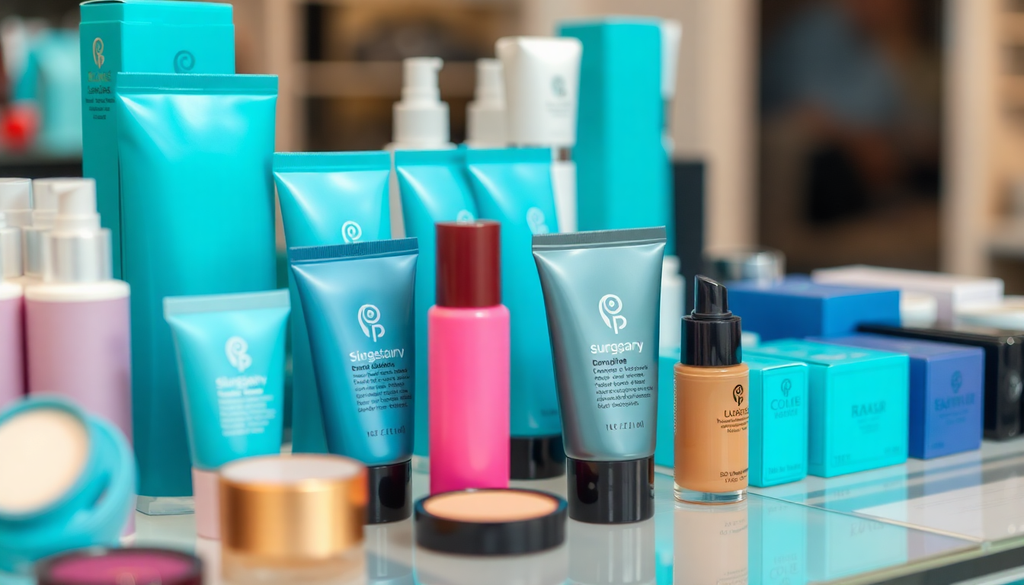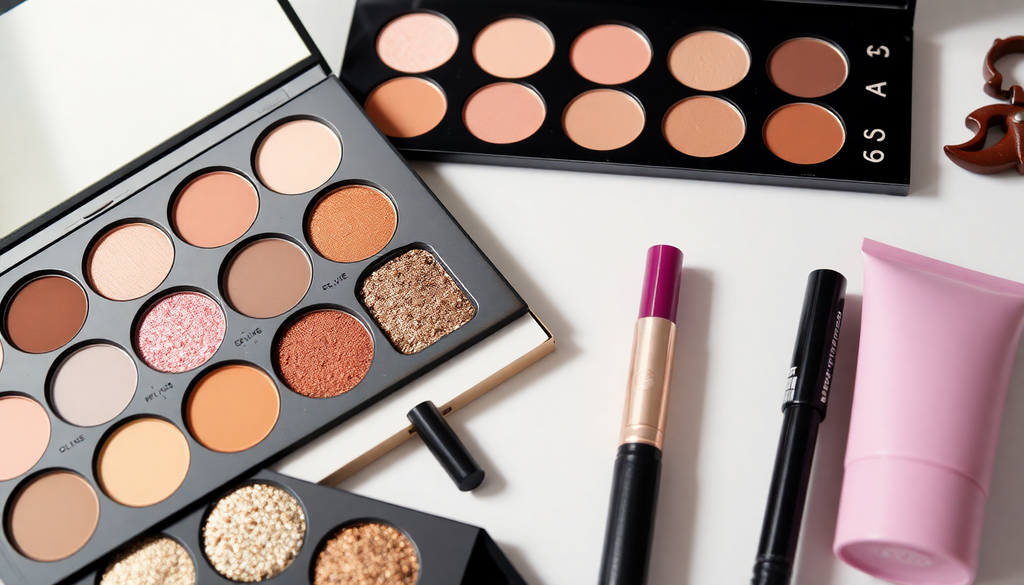
Launching Your Makeup Brand in 2025: Essential Insights on Global Market Trends and Effective Strategies for Eyelash and Eyeshadow Packaging
Introduction
As the beauty industry continues to evolve, launching a makeup brand in 2025 presents both exciting opportunities and unique challenges. With a focus on eyelash and eyeshadow products, this article will explore essential insights on global market trends, effective packaging strategies, and key considerations for entering various international markets. Understanding these elements is crucial for establishing a brand that resonates with consumers and stands out in a competitive landscape.
Global Market Trends in Makeup
To successfully launch a makeup brand, it is imperative to grasp the current trends in the global makeup market. As of 2025, here are some of the most significant trends:
- Sustainability: Consumers are increasingly prioritizing eco-friendly and sustainable products. Brands that utilize recyclable packaging or natural ingredients are likely to attract more customers. In fact, a large percentage of millennials and Gen Z consumers are willing to pay a premium for products that are environmentally friendly.
- Diversity and Inclusivity: There is a growing demand for products that cater to a diverse range of skin tones and types. Brands that offer inclusive shade ranges will resonate well with consumers. The trend towards diversity is not just limited to shades but also extends to marketing campaigns that celebrate various cultures and identities.
- Innovative Formulations: Unique textures and multifunctional products are gaining popularity. Think about creating eyeshadows that can double as highlighters or eyelash products infused with nourishing ingredients that promote lash health.
- Tech Integration: The integration of technology into beauty products is becoming more prevalent. Virtual try-ons, augmented reality apps, and AI-driven recommendations are increasingly expected by consumers when shopping online.
- Personalization: Consumers are seeking personalized beauty experiences. Customizable products that allow users to select their shades or ingredients are becoming more popular, enhancing customer loyalty.
- Online Shopping Experience: With the rise of e-commerce, providing an exceptional online shopping experience is essential. This includes virtual try-on technology, user-generated content, and comprehensive product descriptions that inform and engage customers.
Effective Packaging Strategies
Packaging plays a vital role in the success of makeup products, influencing consumer perception and brand identity. Here are some strategies to consider:
- Eye-Catching Design: Invest in visually appealing packaging that stands out on shelves and online platforms. Consider using holographic finishes, unique shapes, or interactive elements that engage customers. Limited edition packaging can also create a sense of urgency and exclusivity.
- Functional Packaging: Ensure that the packaging is user-friendly. For eyelash products, easy-to-open packaging that protects the lashes is crucial. Eyeshadow palettes should have secure closures and mirrors for convenience.
- Eco-Friendly Materials: Utilize biodegradable or recyclable materials in your packaging to align with sustainability trends. This could include using glass containers or compostable packaging peanuts for shipping.
- Clear Labeling: Ensure that your packaging includes clear information about the product, ingredients, and usage instructions to comply with international labeling regulations. Transparency builds trust with consumers.
- Brand Storytelling: Use the packaging as a canvas to tell your brand story. Incorporate elements that reflect your brand’s mission, values, and inspirations. This can create a deeper connection with your audience.
Market Insights by Region
When launching your makeup brand, understanding the specific regulations and market dynamics of each region is crucial. Here’s a breakdown of key markets, including their unique characteristics and considerations:
North America
- Market Size: North America remains one of the largest markets for cosmetics, with a strong focus on innovative products.
- Regulations: Brands must comply with FDA regulations regarding ingredient safety and labeling. Additionally, transparency in sourcing and cruelty-free claims is paramount.
- Consumer Preferences: There is a growing interest in clean beauty trends, where consumers are more informed about the ingredients in their products.
- Marketing Strategies: Consider partnerships with beauty influencers and social media campaigns that resonate with younger audiences. Engaging content, reviews, and tutorials are effective in building brand awareness.
Europe
- Market Dynamics: The European beauty market is characterized by its stringent regulations and high standards for quality and safety.
- Regulatory Compliance: Brands must adhere to EU regulations on cosmetic products, including the REACH regulation, which governs chemical usage.
- Eco-Conscious Consumers: Sustainability is a significant focus in Europe. Brands that emphasize eco-friendly packaging and ethical sourcing will find a receptive audience.
- Networking Opportunities: Participate in beauty expos and trade fairs like Cosmoprof to network and showcase your products to a broader audience.
Asia-Pacific
- Rapid Growth: The Asia-Pacific region is witnessing explosive growth in the beauty sector, driven by rising disposable incomes and changing beauty standards.
- Consumer Behavior: There is a strong preference for innovative and high-tech products, such as cushion compacts and peel-off masks.
- Digital Marketing: Social media and digital marketing are key to reaching younger consumers. Platforms like WeChat and Instagram are vital for brand engagement.
- Local Preferences: Understand local preferences for colors and formulations, as they can vary significantly across countries. For example, Koreans may favor dewy finishes, while Japanese consumers may prefer matte textures.
Latin America
- Emerging Market: Latin America is a growing market for beauty products, particularly among millennials and Gen Z consumers.
- Affordability: Price sensitivity is a crucial factor; consider pricing strategies that cater to the local market without compromising quality.
- Influencer Impact: Local influencers can significantly impact brand visibility and credibility. Collaborate with popular beauty figures to reach wider audiences.
- Cultural Trends: Pay attention to cultural beauty standards and preferences, which can vary widely across countries in the region.
Setting Up Your Makeup Online Store
Having a robust online presence is essential for any makeup brand in 2025. Here are some steps to follow when setting up your online store:
- Choose the Right Platform: Select an e-commerce platform that suits your needs, such as Shopify, WooCommerce, or BigCommerce. Ensure that it supports your growth plans and offers scalability.
- Create an Engaging Website: Design a visually appealing website that is easy to navigate. High-quality images, clean layouts, and intuitive interfaces are essential for providing a positive user experience.
- Implement SEO Strategies: Use relevant keywords, quality content, and backlinks to improve your search engine ranking. Optimize product descriptions, titles, and meta tags to enhance visibility.
- Secure Payment Options: Offer multiple payment methods to cater to different customer preferences, including credit cards, PayPal, and other digital wallets.
- Mobile Optimization: Ensure that your website is mobile-friendly, as a significant portion of online shopping is done via smartphones and tablets.
- Customer Reviews: Incorporate customer reviews and ratings on product pages to build trust and encourage purchases.
- Provide Excellent Customer Service: Offer multiple channels for customer support, including chatbots, email, and social media. Quick response times can enhance customer satisfaction.
Marketing Your Makeup Brand
Effective marketing is key to standing out in a crowded market. Consider these strategies to promote your makeup brand:
- Leverage Social Media: Utilize platforms like Instagram, TikTok, and YouTube for influencer partnerships and product demonstrations. Engaging content, tutorials, and behind-the-scenes glimpses can captivate audiences.
- Content Marketing: Create blogs, tutorials, and videos that educate customers about your products and trends in the makeup industry. Valuable content can position your brand as an authority in the beauty space.
- Email Marketing: Build a mailing list to keep customers informed about new launches, promotions, and exclusive offers. Personalize your emails to enhance engagement.
- Participate in Events: Attend beauty trade shows and local events to showcase your products and connect with potential customers and retailers.
- Collaborate with Influencers: Partner with beauty influencers who align with your brand values to reach their audience and gain credibility.
- Paid Advertising: Invest in targeted online advertising campaigns on platforms like Facebook and Google to reach potential customers effectively.
Compliance and Regulatory Considerations
Before launching your makeup brand, it is essential to understand the compliance and regulatory requirements for cosmetics in different regions:
- Ingredient Safety: Ensure that all ingredients used in your products are compliant with local regulations. This may involve conducting safety assessments and obtaining necessary certifications.
- Labeling Requirements: Familiarize yourself with the specific labeling requirements in each market, including ingredient lists, usage instructions, and allergen warnings.
- Animal Testing Regulations: Be aware of the laws regarding animal testing in different countries. Some regions have strict bans that must be adhered to.
- Import and Export Regulations: Understand the import and export regulations for cosmetics in the markets you wish to enter. This includes tariffs, documentation, and customs clearance processes.
Conclusion
Launching a makeup brand in 2025 requires a keen understanding of global market trends, effective packaging strategies, and a solid marketing plan. By being aware of the nuances of different markets and prioritizing sustainability and inclusivity, your brand can thrive in this competitive industry. Embrace the opportunities ahead, and make your mark in the world of beauty! With these insights and strategies, you will be well-equipped to navigate the complexities of the beauty landscape and create a brand that not only meets consumer demands but also leaves a lasting impact.




